Installation view of "Xi Jiu: Forging the Swords" at PHD Group, 2024. Photo by Felix SC Wong. Courtesy the artist and PHD Group.
XI JIU: FORGING THE SWORDS
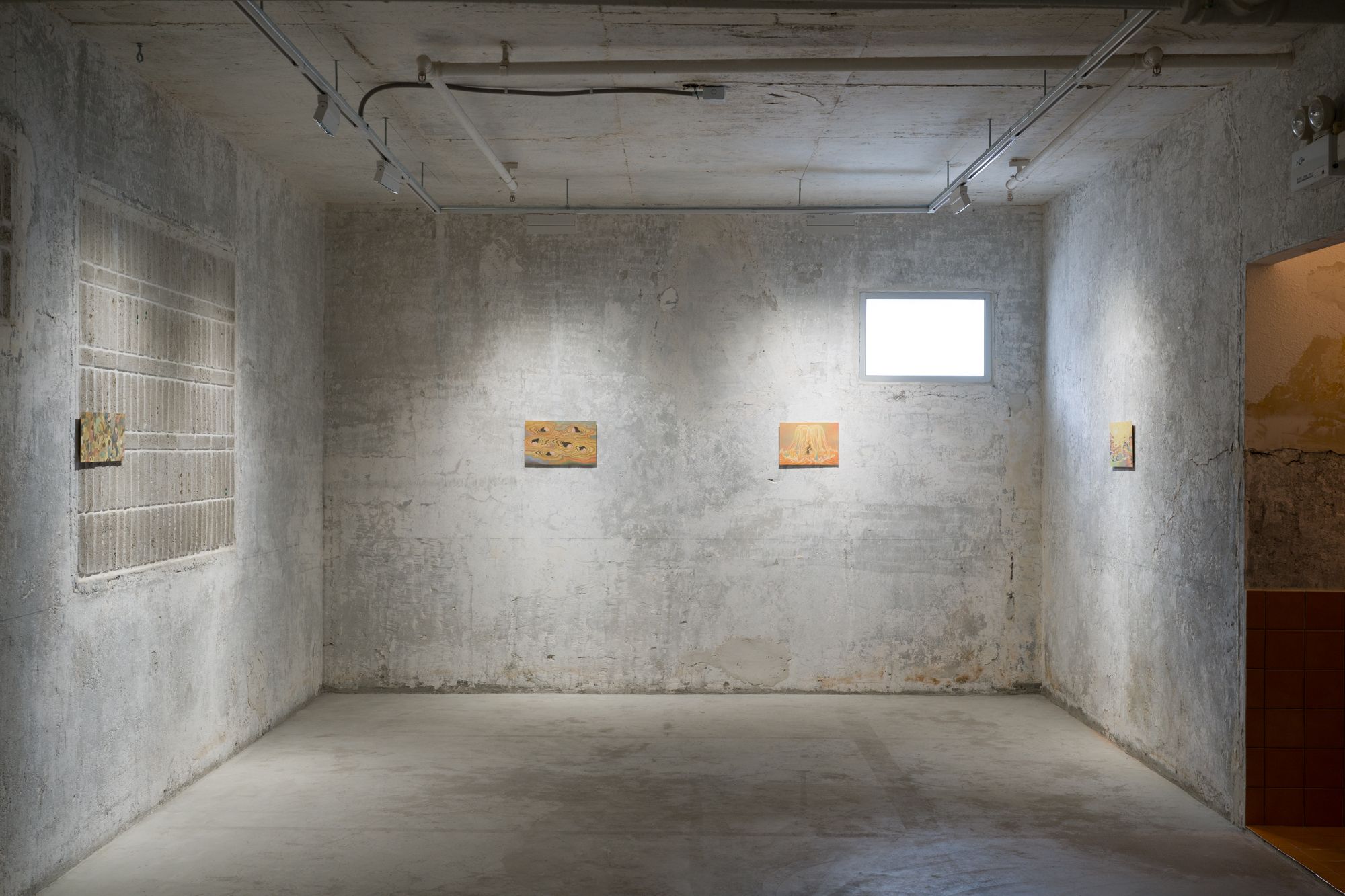
Installation view of "Xi Jiu: Forging the Swords" at PHD Group, 2024. Photo by Felix SC Wong. Courtesy the artist and PHD Group.
“Twenty years ago, the king's concubine gave birth to a piece of iron which they said she conceived after embracing an iron pillar. It was pure, transparent iron. The king, realizing that this was a rare treasure, decided to have it made into a sword with which to defend his kingdom, kill his enemies and ensure his own safety. As ill luck would have it, your father was chosen for the task, and in both hands he brought the iron home. He tempered it day and night for three whole years, until he had forged two swords.”
Written in the aftermath of a bloody anti-warlord demonstration in 1926, Lu Xun’s dark tale “Forging the Swords” (translated by Yang Hsien-yi and Gladys Yang) has long been the subject of curiosity for readers of his work. The short story opens with a young village boy, at turns observing and provoking a rat drowning in a pot. As he approaches the dawn of his sixteenth birthday, his mother recounts a story previously unknown to him: about his father’s murder, and a duo of transparent swords at the center of a political strategy. Set on an irreversible path of revenge, the boy encounters an unnamed man in a forest, to whom he gives his head, and a megalomaniac king whose golden cauldron becomes their watery battlefield, and final resting place.

Xi Jiu
Debate No.3《爭辯其三》
2020
Watercolor, mineral pigment on paper
21.8 x 35.1 cm

Xi Jiu
Great Changes are Coming《將有巨變降臨》
2020
Watercolor, mineral pigment on paper
17.5 x 42 cm
Lu Xun’s story appears to critique the immorality of violence, laying out a nihilistic view in which all parties involved in conflict, regardless of hierarchy or privilege, meet the same ending. Yet subsequent readings belie the story’s apparent simplicity. What role does gender—consider the mother, the concubine, the female sword, against the three male characters—play in this tale? Who does the unnamed man represent, and why does he sing? Does the boy’s willing severance of his head indicate courage, or foolishness? Honorable sacrifice, or senseless submission?
The 1926 massacre and its death toll of 47 students provides significant context for the story. Yet it is also important to distinguish that elements of “Forging the Swords” exists in stories that predate Lu Xun. Similar folktales have been recorded since the Spring and Autumn and Warring States time periods—notably a time of philosophical and industrial progression, as well as intense warfare—often under the title “The Tomb of Three Kings,” with an emphasis on the mounds of skeletons that are indistinguishable from one another. In his expanded version, however, Lu Xun directs our attention toward the young village boy, a “soft” and indecisive figure transformed by a story from the past. Similarly, Lu Xun appears to have traveled back centuries to find a story that might unveil some truths about his present.

Xi Jiu
He Heard the First Crow of the Rooster《他聽到最初的雞鳴》
2020
Watercolor, mineral pigment on paper
21.4 x 17.4 cm

Xi Jiu
The King's Concubine Gave Birth to a Piece of Iron《王妃生下了一塊鐵》
2020
Watercolor, mineral pigment on paper
14.5 x 14.8 cm
This lineage of retelling mirrors Beijing-based artist Xi Jiu’s own visual interpretations of the tale, painted for a published version of Lu Xun’s story in 2020. Rendered in miniatures, a scene-by-scene critique of sacrifice and submission to violence emerges. Her works embody classical fine lines and color blockings of Chinese gongbi paintings, in particular the tight compositions of social interaction as in Great Changes Are Coming. In contrast, interstices of transformation are looser in their gestures and phantasmagoric colors, presenting an interiority of self that is fluid, dreamlike, and mysterious. More than simply translate Lu Xun’s story, Xi Jiu has also modernized its scope, lending a softer, feminine, and surrealistic tone to negate the brutal realisms of conflict.
At the beginning of “Forging the Swords,” the young boy, under the instruction of his mother, uncovers the sword that has been buried in the soil since his father’s murder. In doing so, they awaken the dormant, and inevitable, allure of violence. For while the iron as raw material evokes mythological alchemy, birth, and creation, its shadow self as a weapon signals the complexity of death. Across three timelines—from the Warring States period to Lu Xun’s time, and now Xi Jiu’s—we unbury the past, and ask how its tales and stories might continue to tell us about our ever-turbulent world.
PHD Group would like to thank Lorraine Yanan Zeng of Flying Stars, Peter Woo of Folio Beijing, and the Short Story Club for their assistance and inspiration in the creation and development of this exhibition. We are also indebted to Professor Li-hua Ying (1956-2023) of Bard College, whose lessons on Lu Xun fed our minds and fueled our imagination.
For further information and media inquiries, please contact Neil Wong (neil@phdgroup.art). For sales inquiries, please contact Willem Molesworth (willem@phdgroup.art) or Ysabelle Cheung (ysabelle@phdgroup.art).

Xi Jiu
Debate No.1《爭辯其一》
2020
Watercolor, mineral pigment on paper
22.8 x 9.5 cm
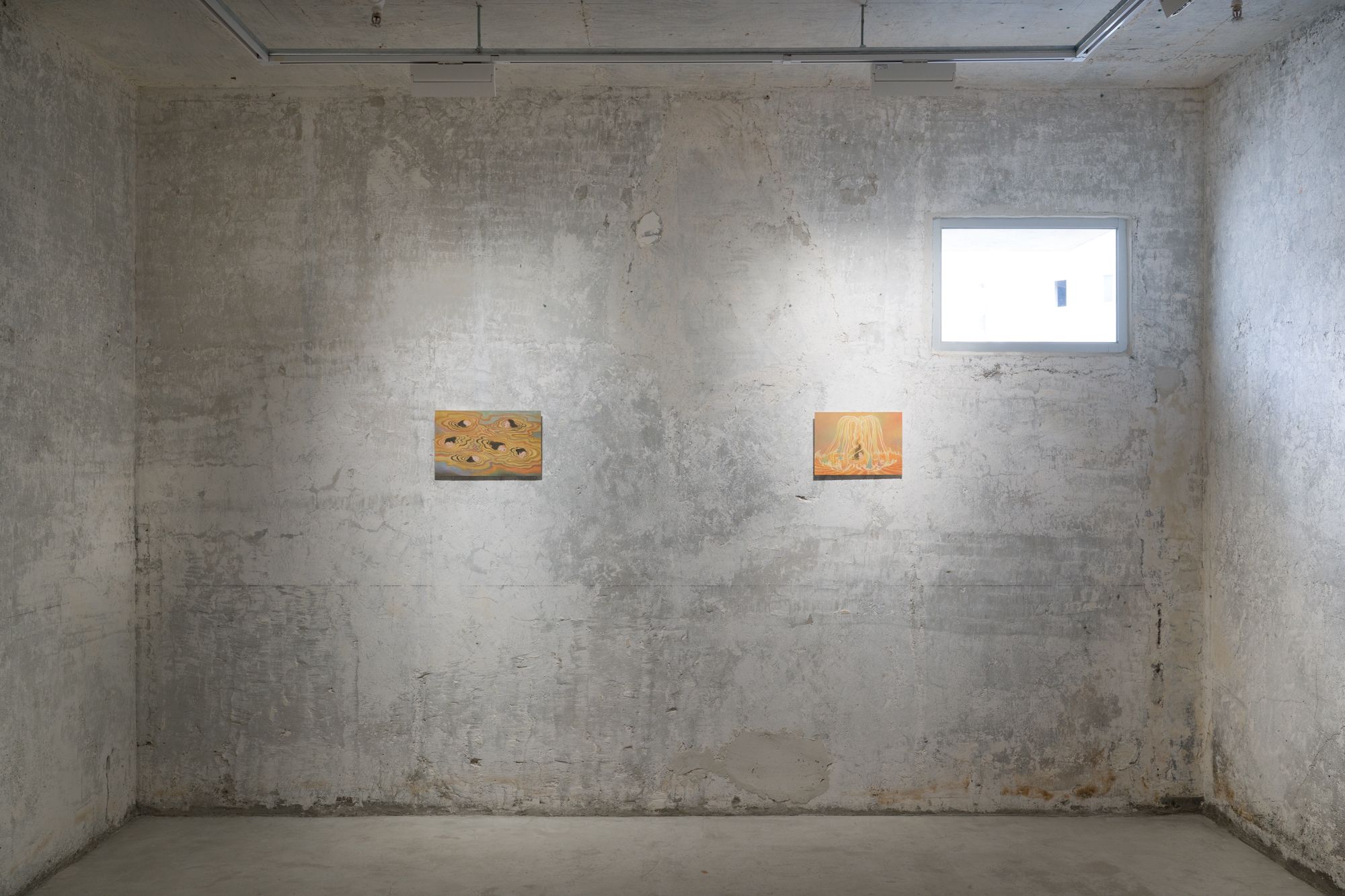
Installation view of "Xi Jiu: Forging the Swords" at PHD Group, 2024. Photo by Felix SC Wong. Courtesy the artist and PHD Group.
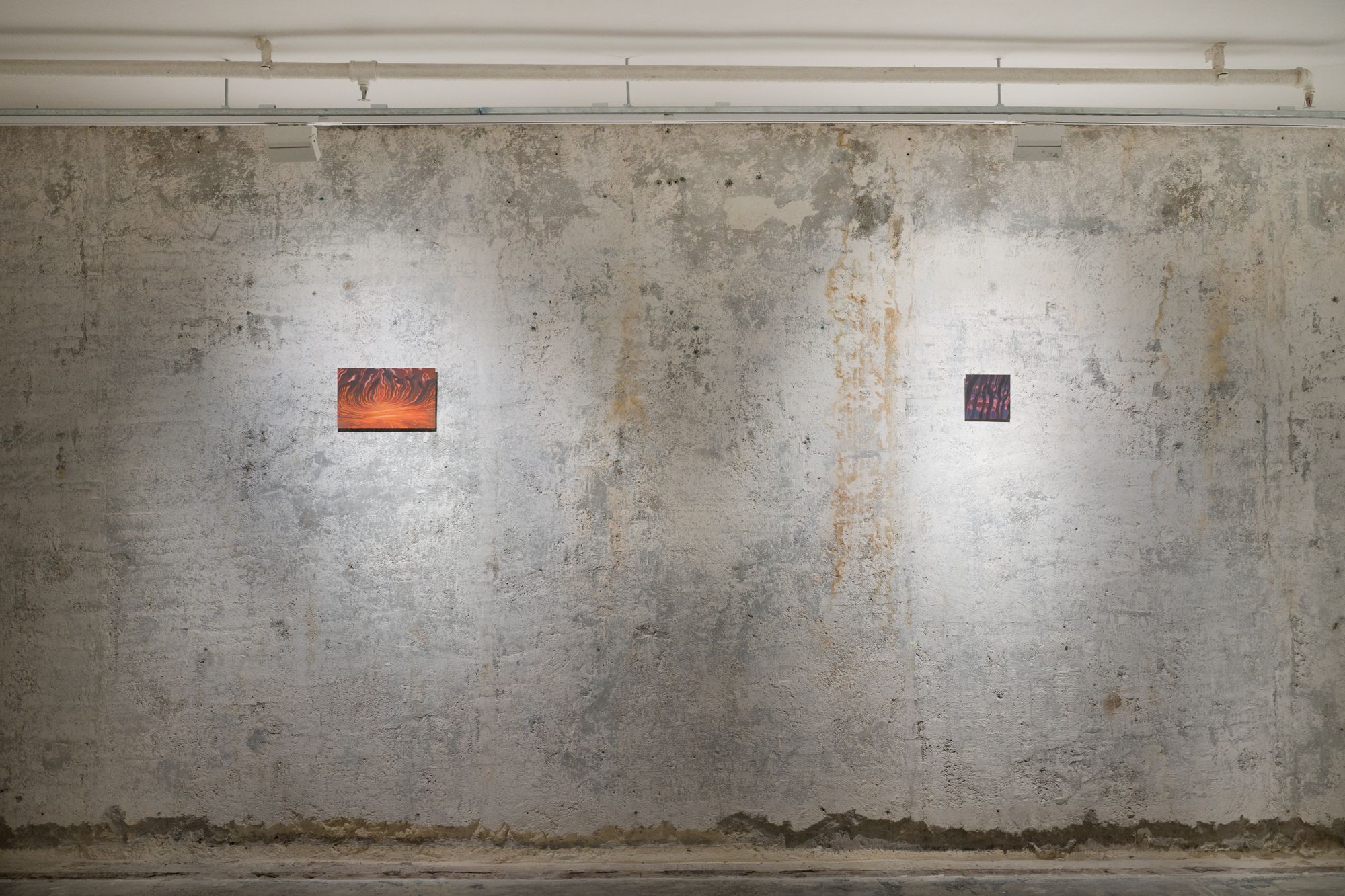
Installation view of "Xi Jiu: Forging the Swords" at PHD Group, 2024. Photo by Felix SC Wong. Courtesy the artist and PHD Group.
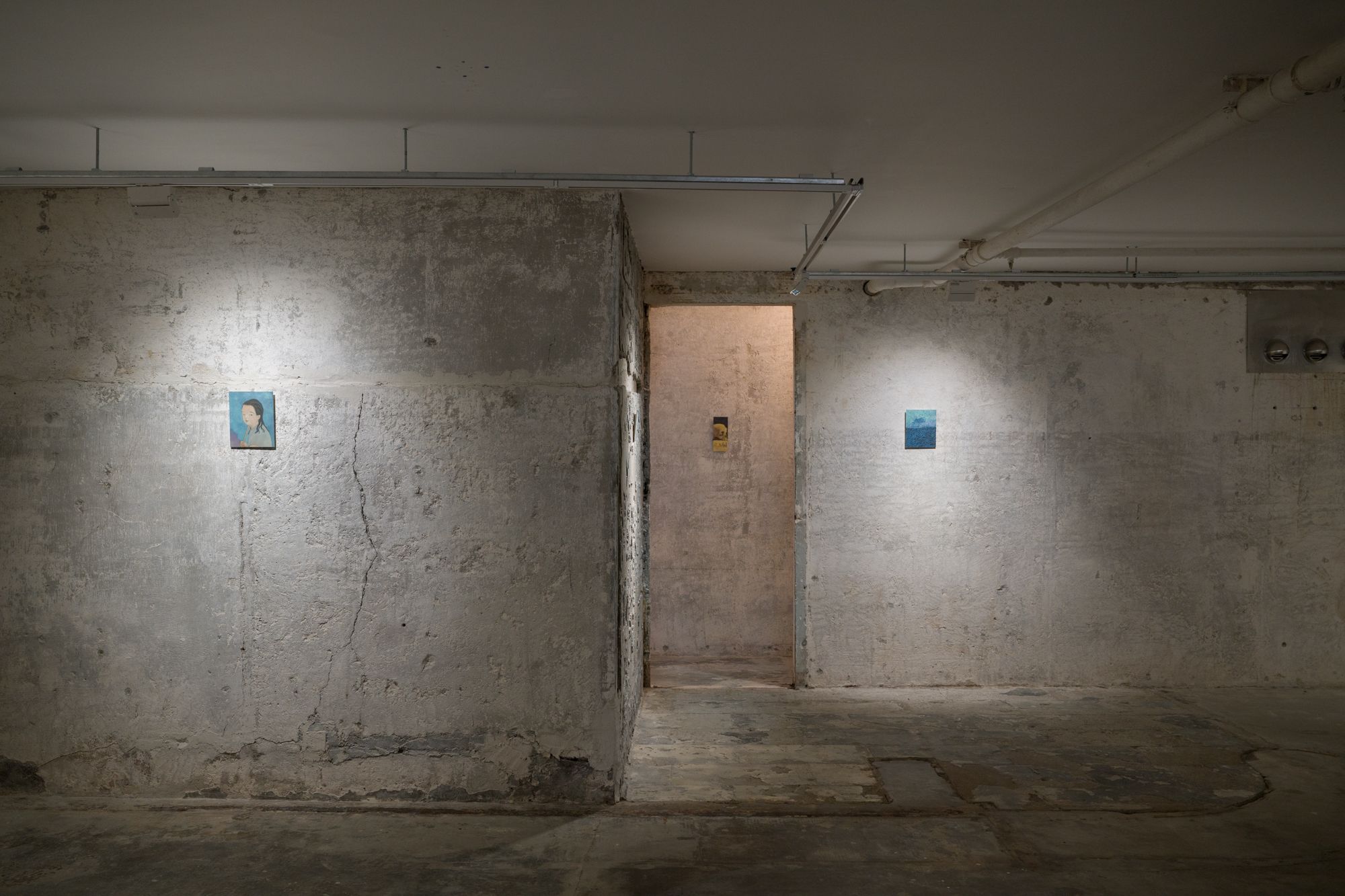
Installation view of "Xi Jiu: Forging the Swords" at PHD Group, 2024. Photo by Felix SC Wong. Courtesy the artist and PHD Group.
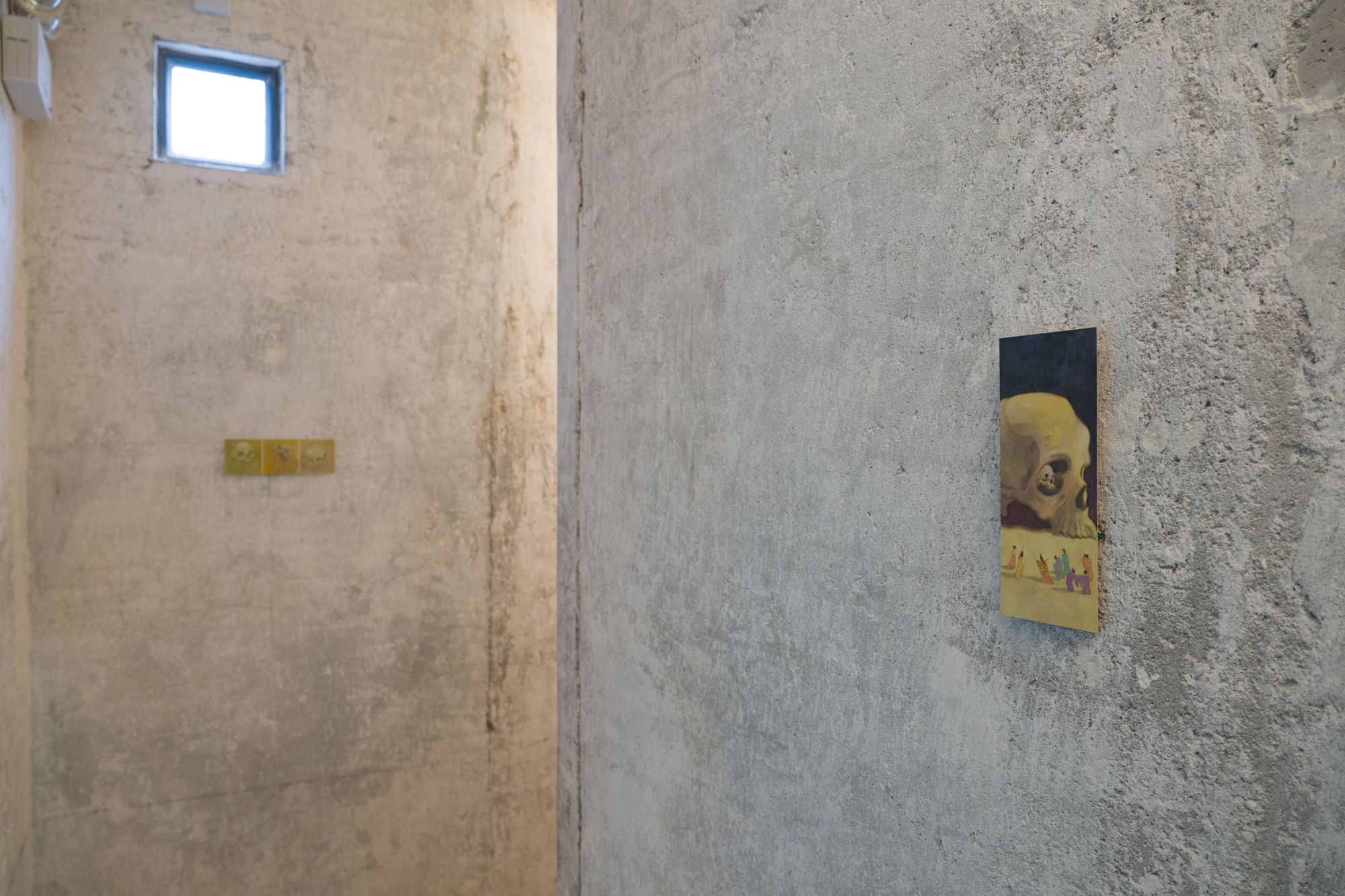
Installation view of "Xi Jiu: Forging the Swords" at PHD Group, 2024. Photo by Felix SC Wong. Courtesy the artist and PHD Group.